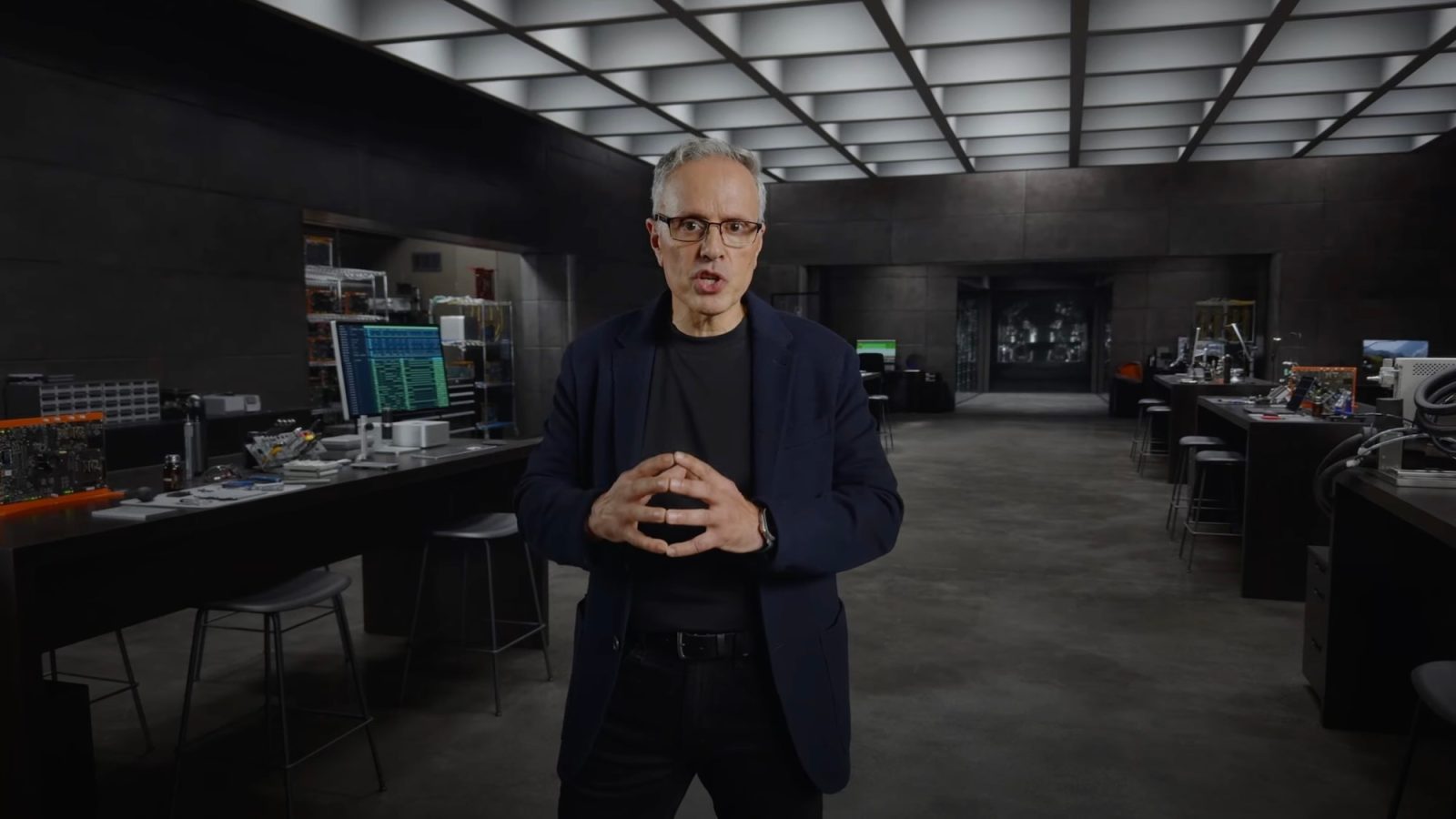
Phones, phones and more phones! That’s all I can say about the last couple of weeks. Am I wrong? Samsung unveiled four new phones and Xiaomi launched two versions of their flagship phone. But what we haven’t talked about are foldable phones. Samsung has released a foldable phone, but now so has Huawei. The big question I have is if the world is actually ready for foldable smartphones? When I hear “foldable phone”, I think of the flip phones from the 90s and early 2000s. And while I understand that the technology isn’t in the same league, I’m still thinking about it in those terms. Which makes me even wonder if foldable phones are necessary?
Huawei just unveiled the new Mate X. The Mate X is competition for the Galaxy Fold, but don’t forget about the Royole FlexPai that was showcased at CES this year. Huawei is claiming that their phone is the fastest 5G folding phone. But is it? Huawei’s take on this device has some pretty compelling differences, and it certainly makes it seem like they might be the front runner overall.
The Mate X has two screens — a 6.6-inch main display and a 6.38-inch one on the rear. When you open up the device, and these two displays become
The key piece to any of these phones is its capability to fold. With the Mate X, there is a Falcon Wing hinge, which curves outward. This is similar to Royole’s setup. On either side of the hinge are the batteries, which offer 4,500mAh of power. This is slightly bigger than the Galaxy Fold’s 4,380mAh combined. But Huawei believes they can mitigate the issue with the battery by updating their SuperCharge technology. In fact, they claim to be able to get the Mate X to reach 85% charge in just 30 minutes.
But how does Samsung and Huawei compare? he Mate X has a long, narrow bar (in “Interstellar Blue”) on the back that houses its three Leica cameras and a power button. Like the Galaxy Fold, the Huawei phone has a fingerprint sensor embedded into the power button. But compared to the six total cameras on the Fold, Huawei’s tri-camera system on the Mate X feels like a more measured approach versus Samsung’s, which some have referred to as “overkill”.
The other big difference is in the fold itself. Unlike the Galaxy Fold, the Mate X appears to snap completely shut when folded, meaning there isn’t a gap between the two halves. That is impressive in and of itself — it’s the first foldable phone we’ve seen without one, and it’s notable for Huawei to be the company to achieve that, instead of display experts Samsung.
While I’m not a huge fan of the foldable phone, there definitely seems to be a future with this technology. That said, it might not end up being for me, given that the Mate X will start at about $2,600 and the Galaxy Fold comes in at $1,980. Give these prices, I think I’ll stick with my $1,000 – $1,200 Apple iPhone for now. Stay tuned for more on this technology as it develops.



